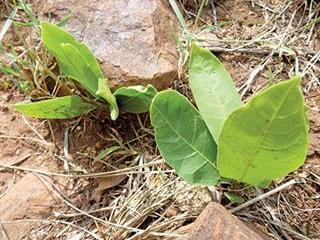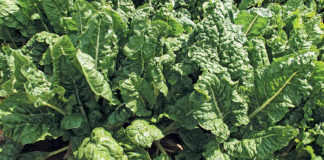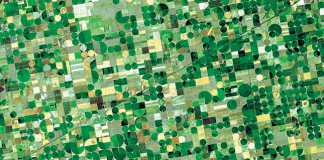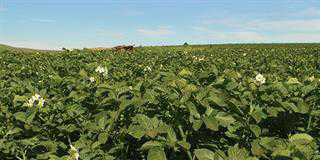
South Africa is home to about 600 toxic plant species. Different parts of these plants (leaves, pods, seeds) may be toxic. When an animal eats a toxic plant, it will either die quickly or suffer for a long period.
Signs of poisoning
Any combination of the following may occur.
- Nervous system: Restlessness, sensitivity to sound/touch, high-stepping, muscle tremor, aimless wandering, staggering, pushing against objects, blindness, convulsions or paralysis may be evident.
- Digestive system: The animal stops eating, salivates, dehydrates, vomits, is constipated, has diarrhoea, and has a swollen belly. In dead animals, there may be fluid or gas in the gut, and the colour and smell of its contents may change.
- Urinary tract: The belly swells, little urine is passed, and urine changes colour and contains crystals (small stones). In dead animals, the kidneys may contain crystals and be swollen, wet and filled with fluid, or large and pale in colour. They may also have changed shape.
- Reproductive system: An animal aborts, has difficulty in giving birth, or produces deformed or weak young. She has a poorly developed or large udder, enlarged vulva or suppressed milk production.
- Heart: An animal drops dead when herded or when drinking water. A dead animal’s lungs are swollen with fluid, and there is fluid in the chest cavity and abdomen. The heart is enlarged, flabby or pale.
- Respiratory system: The breathing rate increases and the animal has difficulty in breathing, with frothing at the mouth. Dead animals have fluid and gas in the lungs or froth in the windpipe.
- Skin: Symptoms may include itchiness or reddening of the skin, scale or crust formation, a rough coat, thick fluid on the skin, sunburn on light-coloured areas and the muzzle, and loss of hair or wool. The feet feel warm and are painful to the touch, and hooves grow outwards and turn up, causing difficulty in walking.
- Bones and teeth: Teeth are uneven, mottled or black, and the animal is stiff and shifts its weight from one leg to the other. Bones fracture easily.
- Liver: Symptoms may include vomiting, weight loss, yellow discoloration of membranes, swollen, fluid-filled belly, swollen face and painful feet. In dead animals, the carcass may be yellow, and there may be fluid in the chest and abdomen. The liver may be small and hard, very red in colour, or soft and swollen. The gall bladder may be swollen.
Treatment & prevention
In many cases there is no treatment. If it is available, you need to know which type of poisoning occurred. Even if the animal does recover, its growth and productivity levels will be lower.
Prevention
Get to know the toxic plants in your area and keep livestock away from them. Get rid of as many toxic plants as you can.
Prevent overgrazing and veld fires. Toxic plants are among the first green plants to appear after a fire, or when the veld is recovering from overgrazing. Keep animals in good condition with supplements and licks during the dry season. Give them enough water.
Take care when introducing animals from other areas. Animals usually avoid toxic plants, but may eat them if unfamiliar with an area. Do not feed animals mouldy hay or hay cut from areas where toxic plants occur.
Source: ‘Poisonous plants’, Animal health for Developing Farmers Programme, ARC-Onderstepoort Veterinary Institute.













